
1c.jpg from: https://nathistoc.bio.uci.edu/Mosses/Orthotrichum 2/index.html
Introduction
The world of mosses is a fascinating and often overlooked realm, home to a diverse array of species that play crucial roles in various ecosystems. Among these unsung heroes is the Orthotrichum assimile Müll.Hal., a moss belonging to the Orthotrichaceae
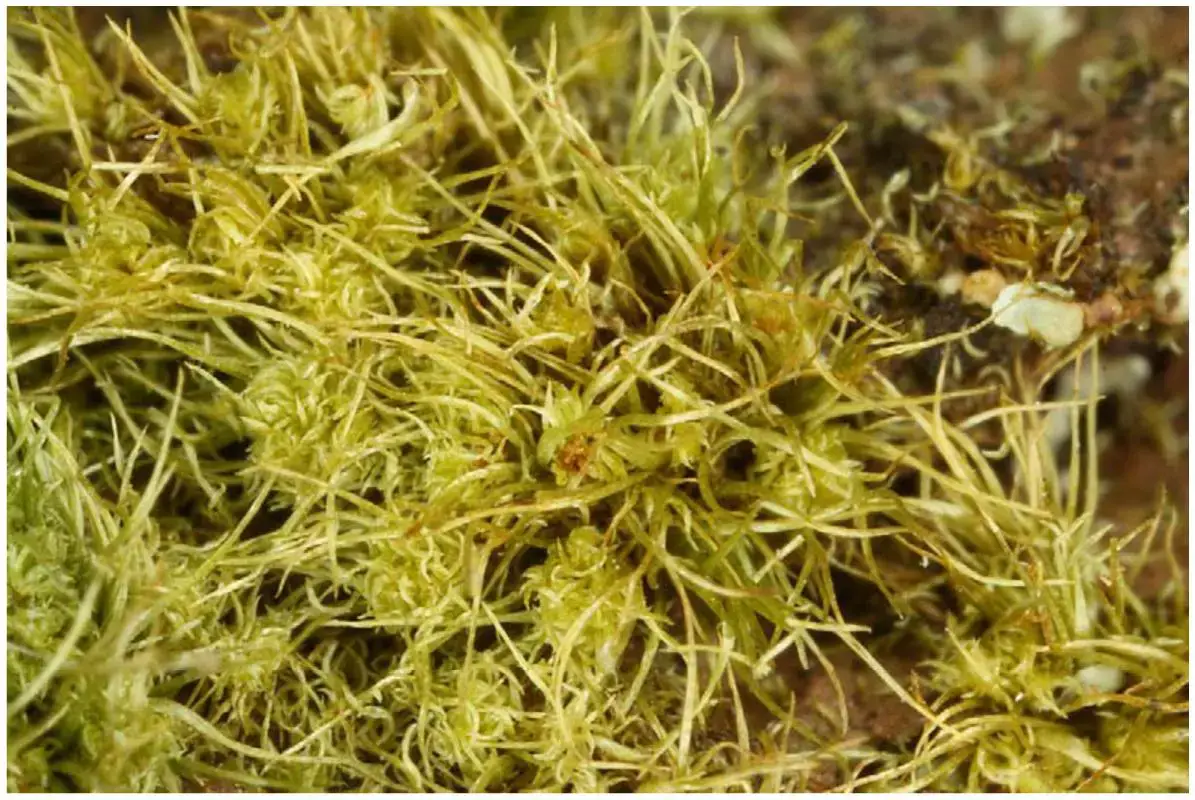
f02_69.jpg from: https://bioone.org/journals/Evansia/volume-28/issue-3/079.028.0302/Brothera-leana-Sull-Müll-Hal-Dicranaceae-in-New-Mexico/10.1639/079.028.0302.full
family, commonly known as Orthotrichum. This unassuming yet remarkable plant has captured the interest of bryologists and nature enthusiasts alike, offering a glimpse into the intricate world of Bryophyta (mosses).
Background
Before delving into the specifics of Orthotrichum assimile, it’s essential to understand the broader context of mosses. These ancient plants have been around for over 400 million years, predating even the earliest vascular plants. Mosses are classified as
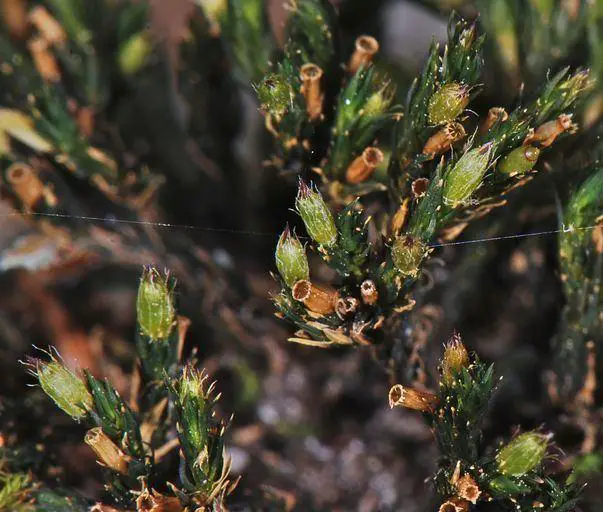
orthotrichum-e357a651-7ceb-4a6a-b1a3-dfef49721c3-resize-750.jpg from: https://alchetron.com/Orthotrichum
Bryopsida, a division within the Bryophyta phylum, and are renowned for their ability to thrive in a wide range of habitats, from the Arctic tundra to tropical rainforests.
Main Content
Morphology and Identification
Orthotrichum assimile is a small, acrocarpous moss that forms dense, cushion-like tufts or mats. Its leaves are lanceolate to ovate-lanceolate in shape, with a distinctive costa (midrib) that extends to the leaf apex. The leaf margins are often revolute (rolled under), and the leaf cells are papillose (with small protuberances) on both surfaces, giving the plant a rough texture. The sporophytes (reproductive structures) are characterized by erect, cylindrical capsules with a distinctive, ribbed calyptra (a cap-like structure covering the developing capsule).
Global Distribution and Habitat
Orthotrichum assimile is widely distributed across various regions, including Europe, Asia, North America, and parts of Africa. It is known for its ability to colonize a diverse range of substrates, such as tree bark, rocks, and even man-made structures like walls and roofs. This moss is particularly well-adapted to dry and nutrient-poor environments, making it a common sight in urban areas and other human-modified landscapes.
Ecological Roles and Adaptations
Despite their diminutive size, mosses like
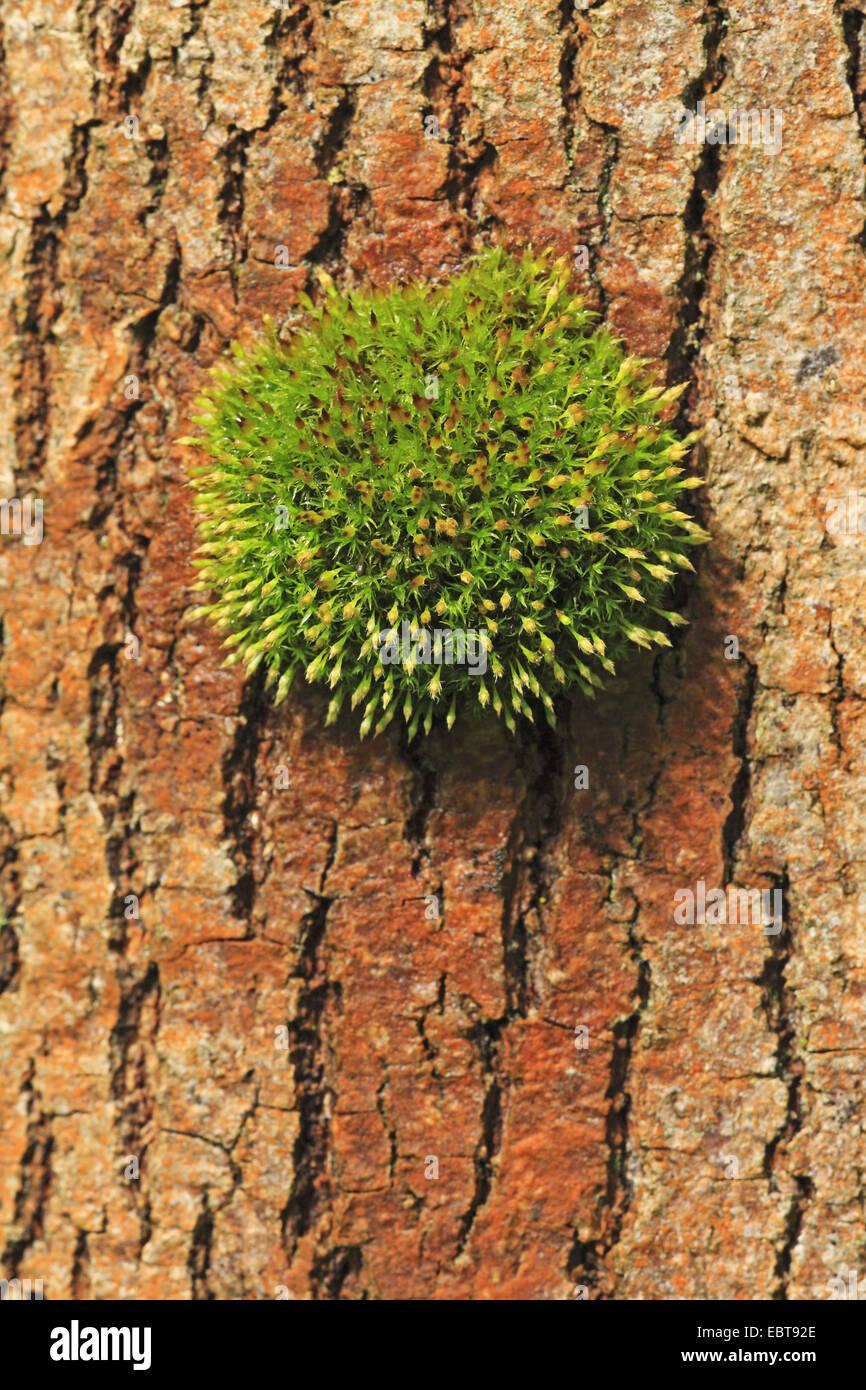
orthotrichum-moss-orthotrichum-affine-an-einen-baumstamm-deutschland-baden-wurttemberg-ebt92e.jpg from: https://www.alamy.de/stockfoto-orthotrichum-moss-orthotrichum-affine-an-einen-baumstamm-deutschland-baden-wurttemberg-76136662.html
Orthotrichum assimile play vital roles in their respective ecosystems. They contribute to soil formation, water retention, and nutrient cycling, while also providing microhabitats for a wide range of invertebrates and other organisms. Orthotrichum assimile is particularly notable for its ability to tolerate desiccation (drying out) and rapidly rehydrate when moisture becomes available, a trait that allows it to thrive in environments with intermittent water availability.
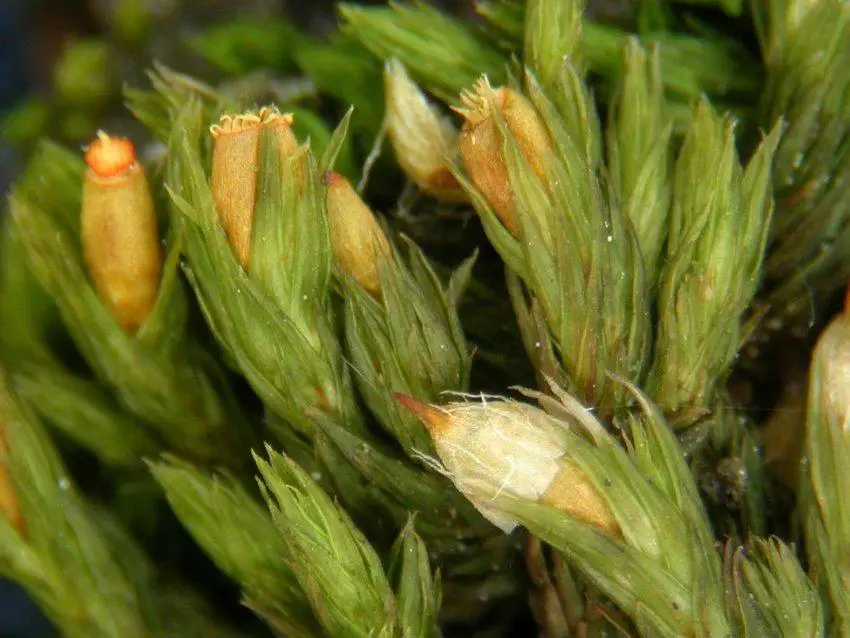
Epiphytic-moss-Orthotrichum-striatum-photo-by-V-Plasek.png from: https://www.researchgate.net/figure/Epiphytic-moss-Orthotrichum-striatum-photo-by-V-Plasek_fig6_321119196
Case Studies/Examples
One notable example of the ecological significance of
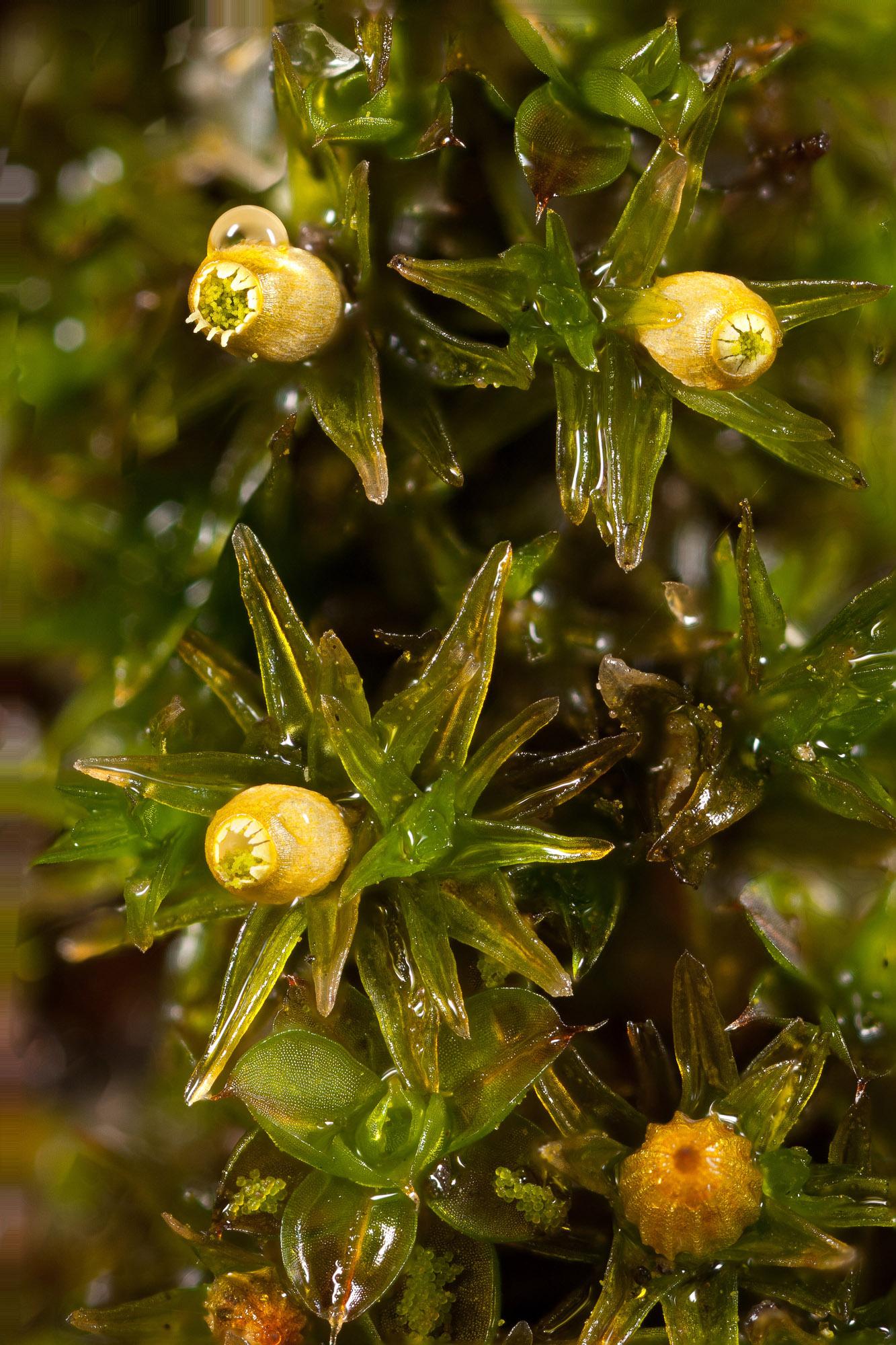
Orthotrichum-pumilum-7.jpg from: https://ohiomosslichen.org/moss-Orthotrichum-pumilum/
Orthotrichum assimile can be found in urban environments. This moss is often one of the first colonizers of newly constructed buildings, helping to establish a diverse community of organisms on these man-made structures. In fact, studies have shown that the presence of Orthotrichum assimile can serve as an indicator of air quality, as it is sensitive to certain pollutants.
Technical Table
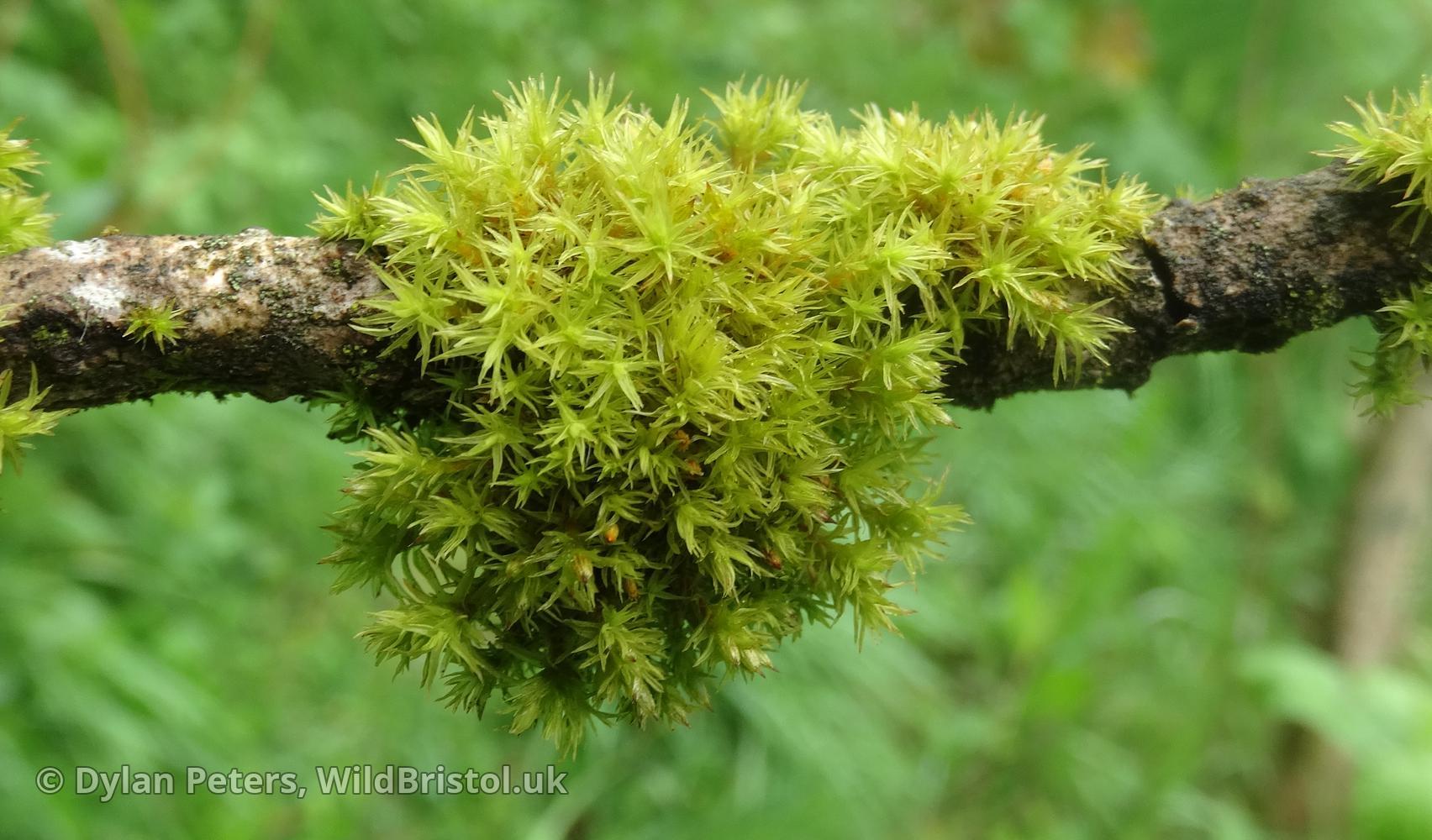
210509182502_DSC04975.JPG.full.JPG from: https://wildbristol.uk/groups/ferns-horsetails-mosses-liverworts/wood-bristle-moss/
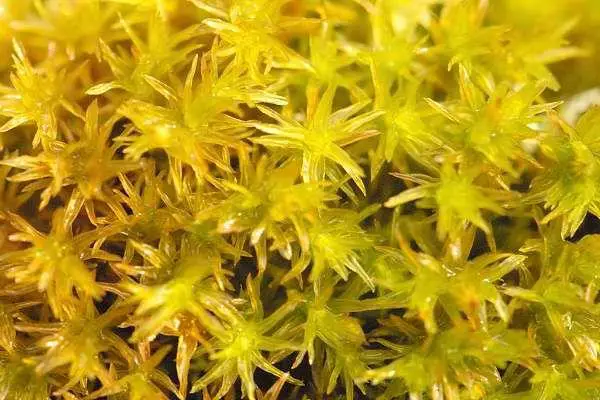
a18e5969c34829f67ca1f803a2b9abc2–house-plants.jpg from: https://www.pinterest.com/pin/orthotrichum-affine–139048707223183792/
| Characteristic | Description |
|---|---|
| Phylum | Bryophyta |
| Division | Bryopsida
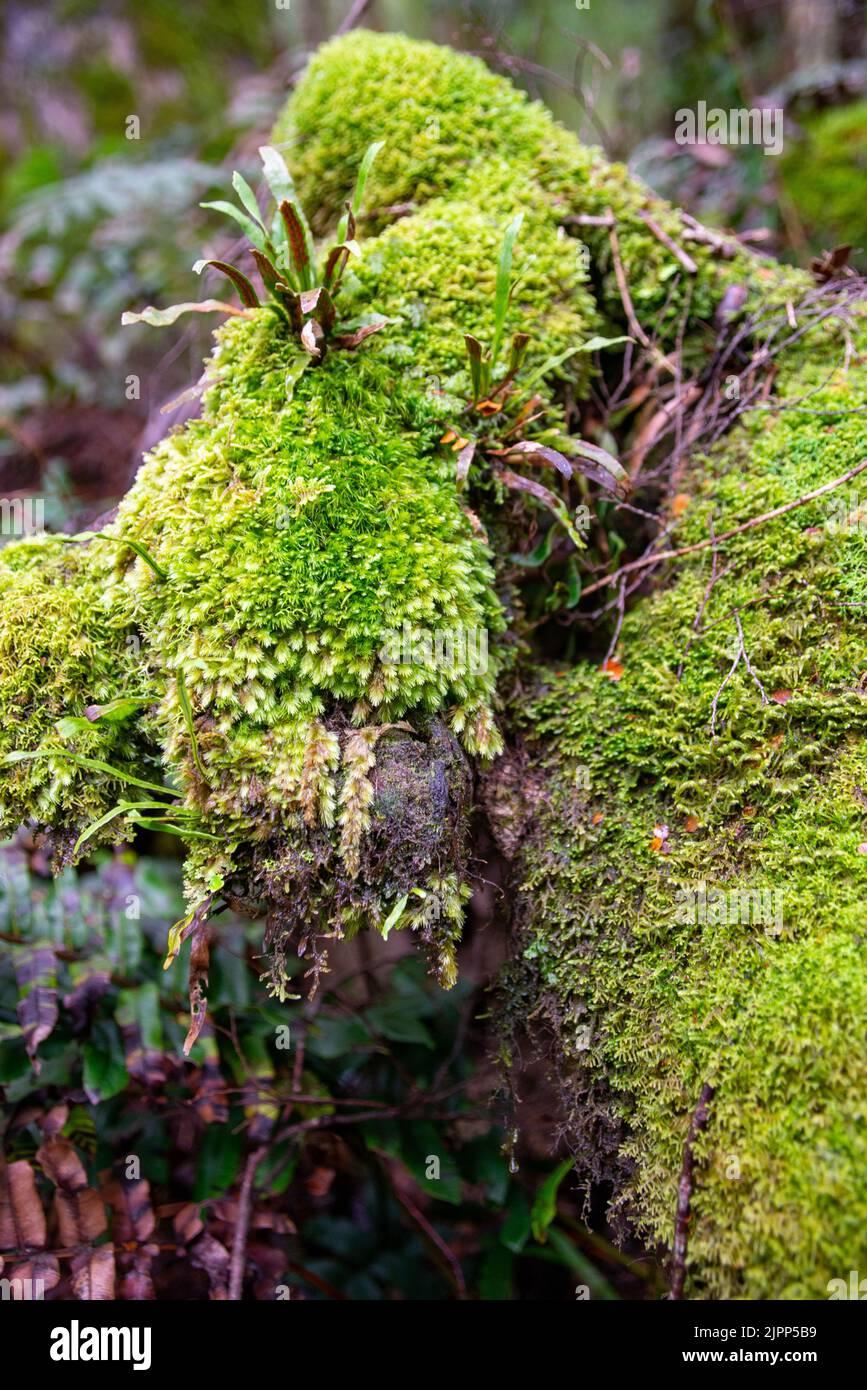 a-vertical-shot-of-a-wood-bristle-moss-orthotrichum-affine-2JPP5B9.jpg from: https://www.alamy.com/stock-photo/orthotrichum-moss-orthotrichum-affine.html |
| Family | Orthotrichaceae |
| Genus | Orthotrichum |
| Species | assimile Müll.Hal. |
| Growth Form | Acrocarpous, cushion-like tufts or mats |
| Leaf Shape | Lanceolate to ovate-lanceolate |
| Leaf Margin | Often revolute (rolled under) |
| Leaf Cells | Papillose (with small protuberances) on both surfaces |
| Sporophyte | Erect, cylindrical capsules with a ribbed calyptra |
Conclusion
The Orthotrichum assimile Müll.Hal.

maxresdefault.jpg from: https://www.youtube.com/watch?v=8XahQDvY7sY
moss, a member of the Orthotrichaceae family, may be small in stature, but its impact on the natural world is anything but insignificant. From its unique morphological adaptations to its vital ecological roles, this unassuming plant serves as a testament to the incredible diversity and resilience of the bryophyte world. As we continue to explore and appreciate the wonders of nature, perhaps we can find inspiration in the humble Orthotrichum assimile, a reminder that even the smallest organisms can have a profound impact on the intricate web of life.